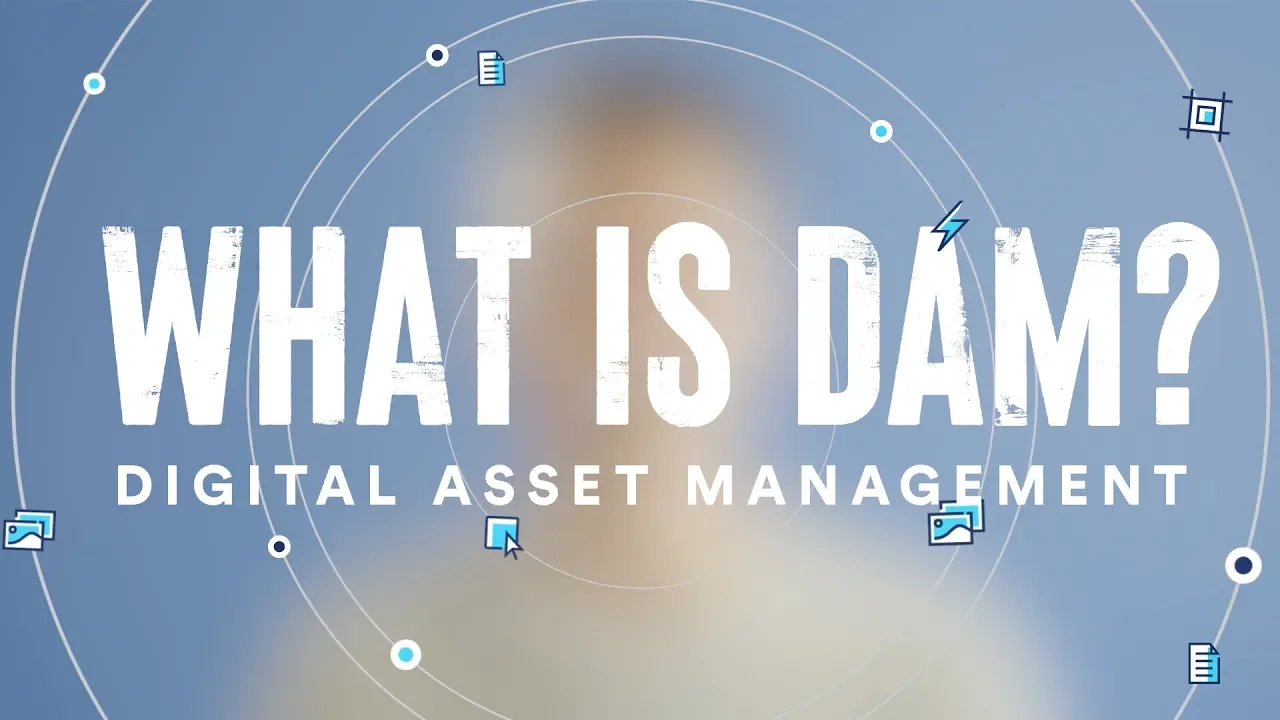What is Digital Asset Management?
In an era where information is the new gold, Digital Asset Management (DAM) emerges as a crucial tool that organizations rely on to harness the power of their content. But what exactly is DAM, and why is it so important? Let’s dive in.
Understanding Digital Assets
Before diving into DAM, it’s essential to understand what digital assets are. A digital asset is any digital file that provides value to an organization. This includes photos, videos, audio files, documents, presentations, and more. As companies produce or acquire a growing volume of digital assets, the need for efficient management becomes paramount.
Digital Asset Management Defined
Digital Asset Management is a business process that allows organizations to store, organize, and retrieve rich media and manage digital rights and permissions. It ensures that the right content is available to the right people at the right time. In essence, DAM systems act as a centralized digital library where assets are stored securely and can be quickly accessed and shared.
Key Benefits of Digital Asset Management
- Centralized Storage: DAM offers a single repository for all digital assets, ensuring that content isn’t lost or duplicated across multiple locations.
- Efficient Organization: With metadata tagging, categorization, and advanced search capabilities, users can find the assets they need swiftly.
- Streamlined Workflows: DAM systems often integrate with other enterprise solutions, ensuring smooth workflows between teams and departments.
- Rights Management: Protect and control the use of your assets by defining who can access what and for what purpose.
- Version Control: As assets get updated, DAM systems maintain a clear history of changes, ensuring everyone works with the most recent version.
- Cost Savings: By reducing time spent searching for assets and avoiding content duplication, DAM can lead to significant cost savings.
Is DAM Right for Your Organization?
While DAM can be beneficial for many, it’s particularly valuable for:
- Large Enterprises: With a vast number of assets used daily, large corporations can greatly benefit from a centralized system.
- Media and Publishing Houses: Organizations that produce a significant volume of content, like photos, articles, and videos, need DAM to manage their rich media.
- E-commerce Platforms: With a plethora of product images and descriptions, DAM can streamline the content management process.
- Advertising and Marketing Agencies: These businesses juggle numerous client assets and campaigns, making DAM essential.
Conclusion
Digital Asset Management is more than just a storage solution. It’s a strategic tool that empowers organizations to manage their digital content lifecycle efficiently. From creation to distribution and archiving, DAM ensures that digital assets are maximized for value throughout their lifecycle. As digital content continues to grow in importance and volume, the role of DAM in modern businesses is set to become even more pivotal.



